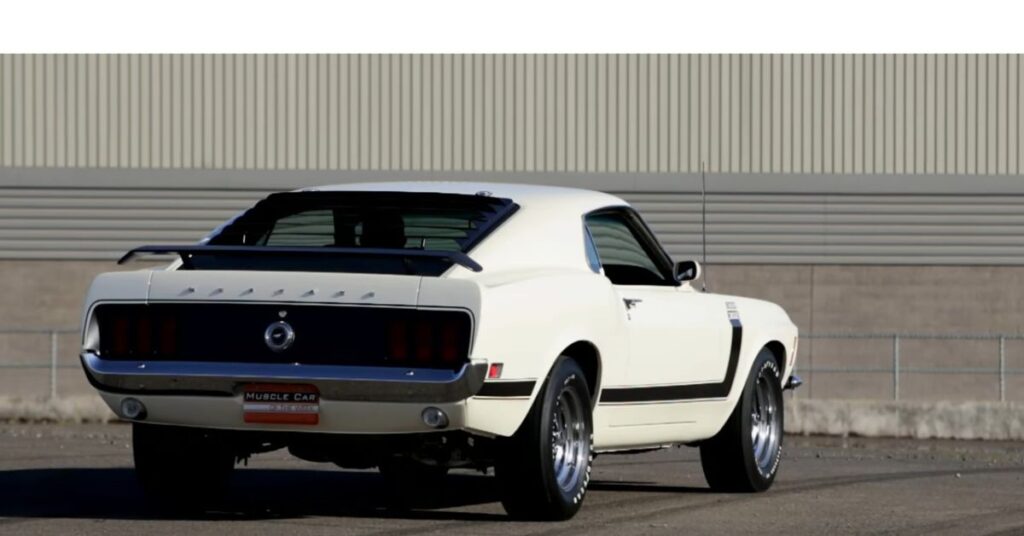In this episode of “Muscle Car of the Week,” we dive into the legendary 1970 Ford Mustang Boss 302. This iconic muscle car holds a special place in the hearts of automotive enthusiasts. Designed for both track performance and street-legal driving, the Boss 302 combines power, style, and a thrilling driving experience. Let’s explore the features and history of this remarkable vehicle.
The Purpose of the Boss 302
The primary purpose of the Boss 302 was to make the Ford Mustang eligible for competition in the SCCA Trans-Am road race series. To meet the series’ regulations, Ford needed to produce a certain quantity of civilian versions of the car for sale to the public. The Boss 302 served as the bridge between the race track and the streets, allowing Mustang enthusiasts to experience a high-performance machine inspired by the Trans-Am racer.
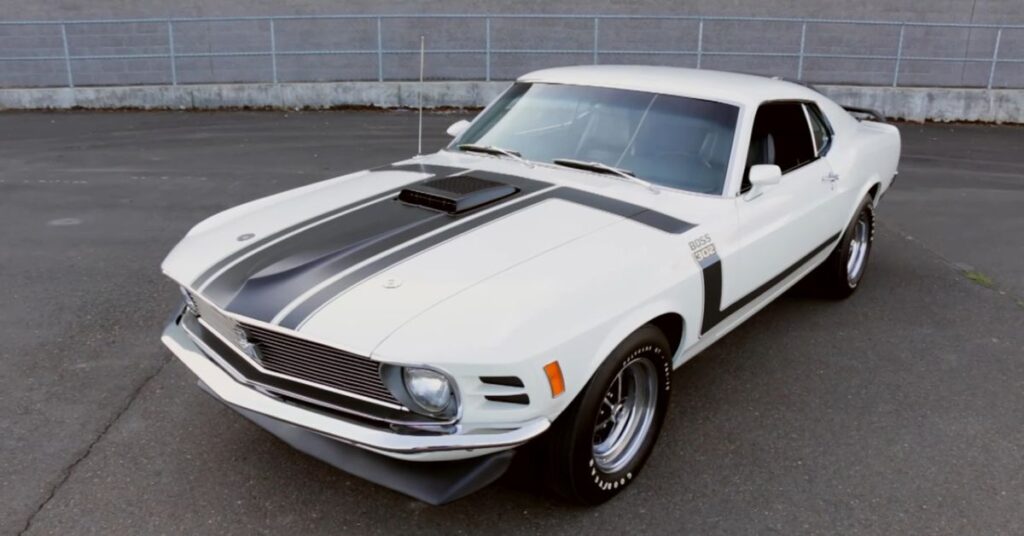
The Boss 302 offered a range of performance improvements over the base model Mustang. The heart of this beast was its 302 cubic inch high-performance engine, giving the car its name. However, it wasn’t just the engine that made the Boss 302 special. Ford engineers enhanced the car’s front and rear suspension, brakes, and overall handling characteristics. These upgrades resulted in a truly exhilarating driving experience.
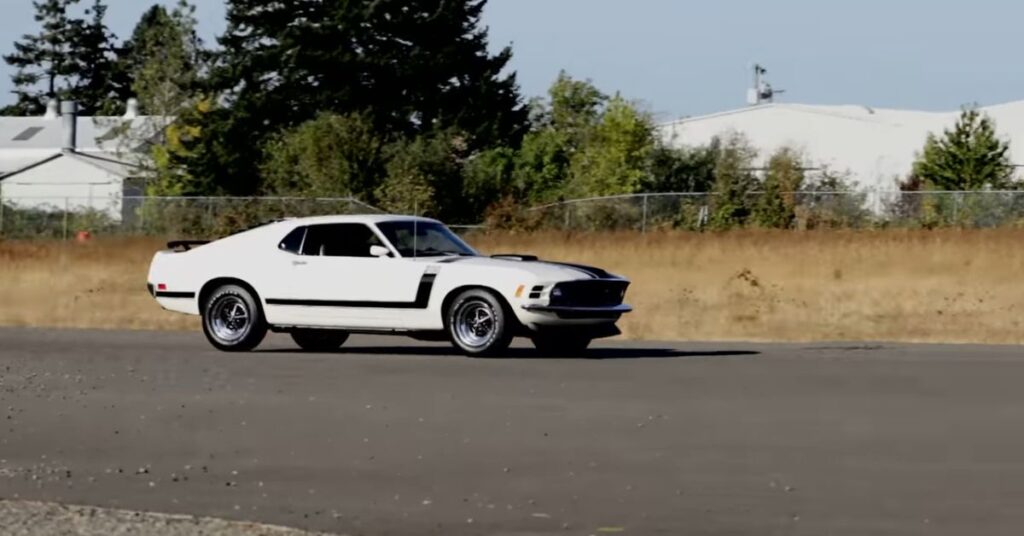
Engine Specifications
Under the hood, the Boss 302 boasts a specially designed 302 cubic inch V8 engine. Its engine block is crafted from a unique iron alloy that incorporates increased nickel content, providing exceptional strength. To ensure stability during high RPMs, the main bearing caps feature four bolts, while the screw-in freeze plugs prevent leaks. The cylinder heads are equipped with oversized valves positioned at a canted angle, optimizing airflow for improved performance. With a formidable 780 CFM carburetor, the Boss 302 delivers an impressive power output of 290 horsepower at 5200 RPM and a torque of 290 pound-feet at 4300 RPM.
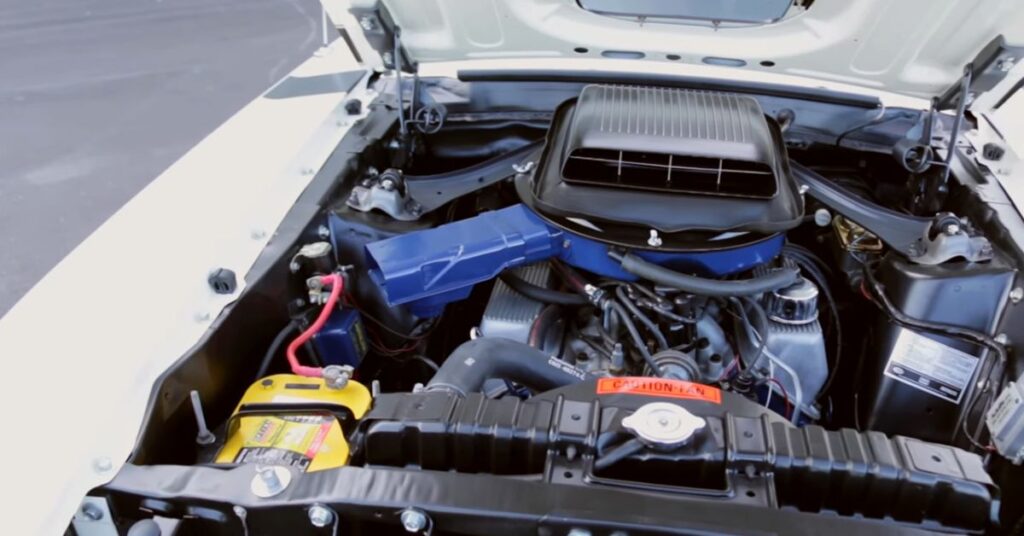
The meticulously engineered engine of the Boss 302 showcases Ford’s commitment to power and performance. Every aspect of its design, from the robust construction of the engine block to the precise positioning of the valves, is aimed at maximizing the car’s capabilities on the road and the track. The combination of high-quality materials, advanced engineering techniques, and careful attention to detail allows the Boss 302 to deliver exhilarating power and an unforgettable driving experience. It’s a true testament to the legacy of American muscle cars.
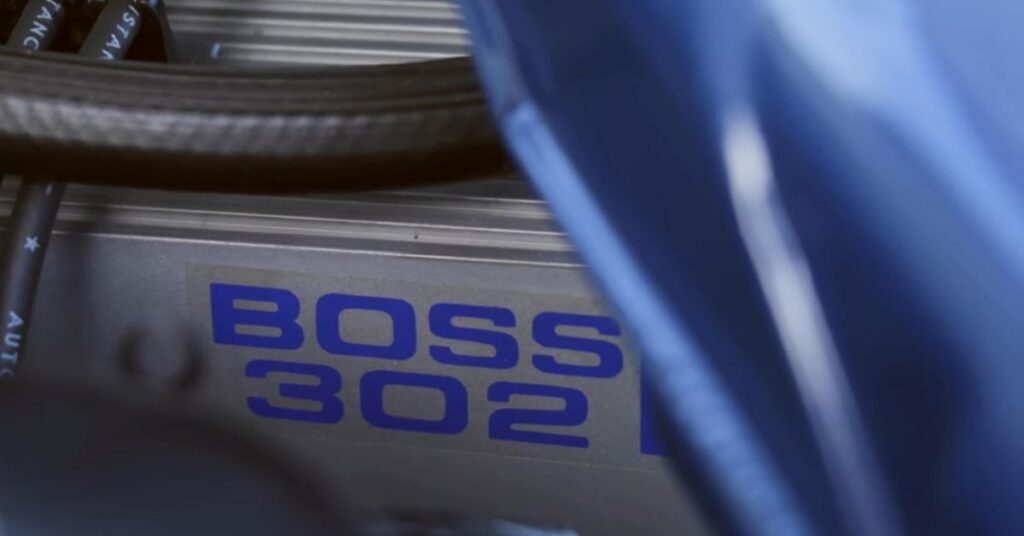
Competition and Success
The Trans-Am series posed formidable challenges for the Boss 302, with strong contenders like the Chevrolet Camaro Z28 and Plymouth Barracuda AAR vying for victory. However, Ford’s commitment to performance and engineering excellence proved to be a winning formula. The Boss 302 showcased its capabilities on the racetrack, ultimately securing a championship in the highly competitive Trans-Am series in 1970. Its exceptional performance, combined with its street-legal status, made it the ideal choice for racing enthusiasts who craved a high-performance car that could also be driven on regular roads. This success solidified the Boss 302’s reputation as a true icon of American muscle cars.
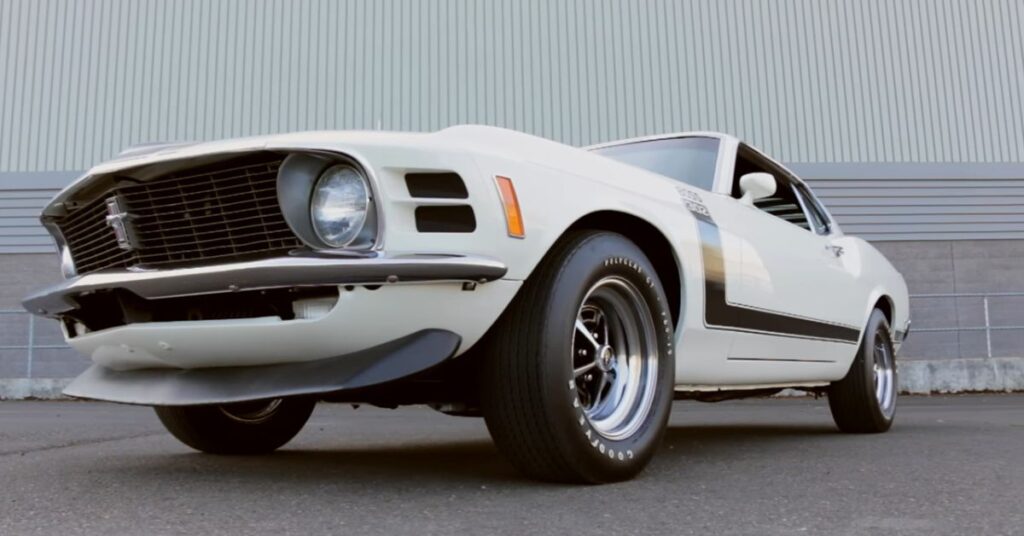
The Boss 302’s triumph on the track was not merely a result of its raw power, but also a testament to the meticulous engineering and advanced suspension it possessed. Ford engineers incorporated various racing suspension tricks into the street version of the Boss 302. The front suspension featured a lowered stance, stiffer springs, shocks, and a larger front sway bar, all of which contributed to enhanced handling and maneuverability. Reinforced shock towers and strengthened nose further optimized the car’s stability. The rear of the Boss 302 boasted special springs and a 3.52:1 limited-slip differential, ensuring superior traction and improved performance during races. With its well-balanced design and finely tuned suspension, the Boss 302 outperformed its competitors on the track, leaving a lasting legacy in the world of American muscle cars.
Racing Suspension Tricks
Ford left no stone unturned when it came to enhancing the Boss 302’s track performance. The front suspension of the car was meticulously engineered, with a lowered stance and components like stiffer springs, shocks, and a larger front sway bar. These modifications improved the car’s responsiveness and handling, allowing drivers to tackle corners with precision. At the rear, the Boss 302 featured special springs and a 3.52:1 limited-slip differential, which provided optimal traction and stability during high-speed maneuvers. The 15-inch wheels, with the option of chrome Magnum 500 wheels, not only added a touch of style but also contributed to the car’s aggressive stance and improved overall performance.
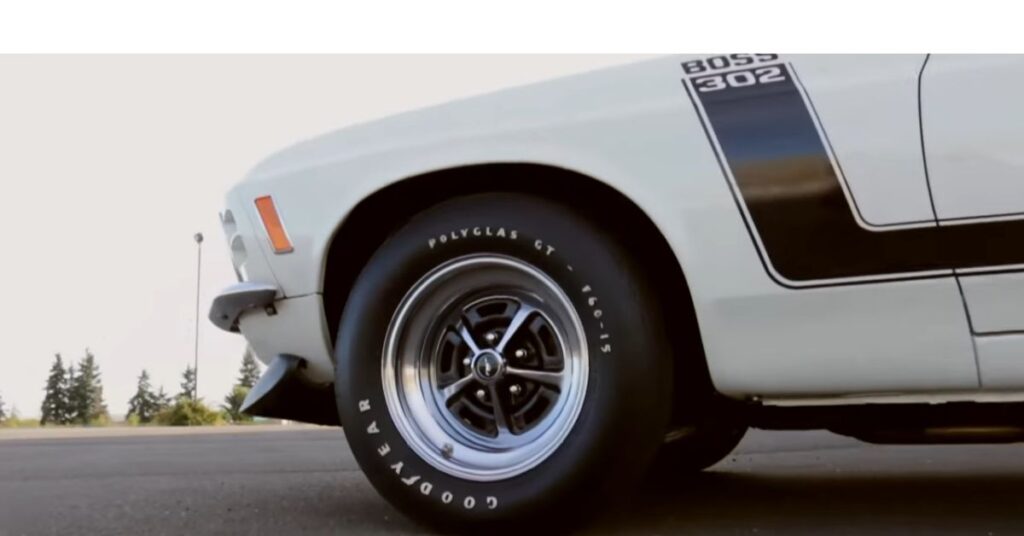
The engineering prowess of the Boss 302’s suspension system ensured that it could confidently conquer the demands of both the street and the track. Ford’s commitment to precision and performance is evident in the thoughtful enhancements made to the car’s suspension. Whether navigating tight turns or accelerating down the straightaways, the Boss 302 delivered a thrilling and dynamic driving experience. It was a true testament to Ford’s dedication to creating a high-performance machine that would satisfy the desires of racing enthusiasts and live up to its iconic status as a legendary muscle car.
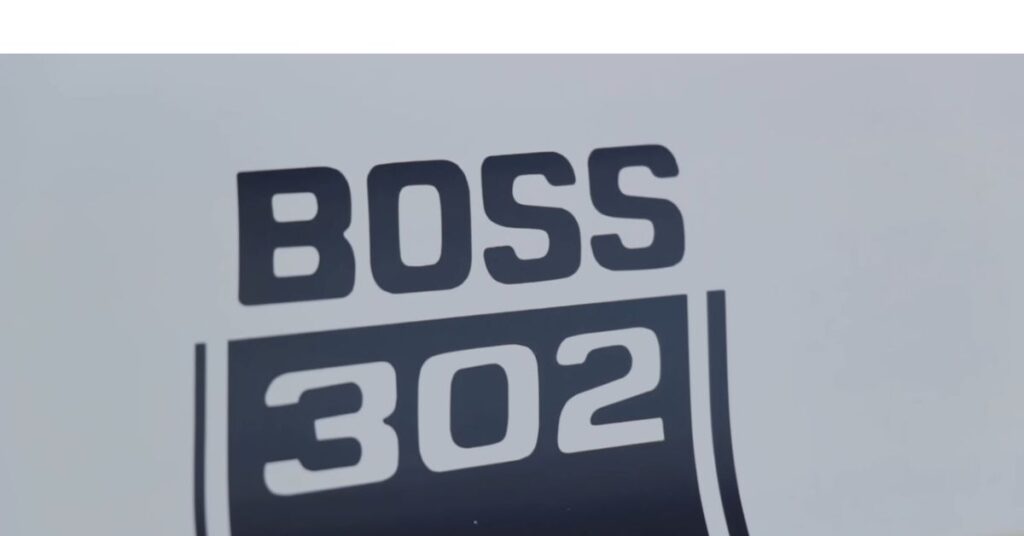
Iconic Design
The Boss 302’s design is both distinctive and unforgettable. One standout version is the meticulously restored Wimbledon White model, which highlights the car’s timeless appeal. Eye-catching black hockey stick stripes run along the sides, converging on the hood and accentuating the finned shaker hood scoop. The aggressive aesthetics are further enhanced by a black rear wing, while sport slats provide shade to the rear window. Completing the muscular look of the car is the front lower chin spoiler, which adds a touch of boldness to its overall appearance. With its striking design, the Boss 302 effortlessly captures attention and turns heads wherever it goes.
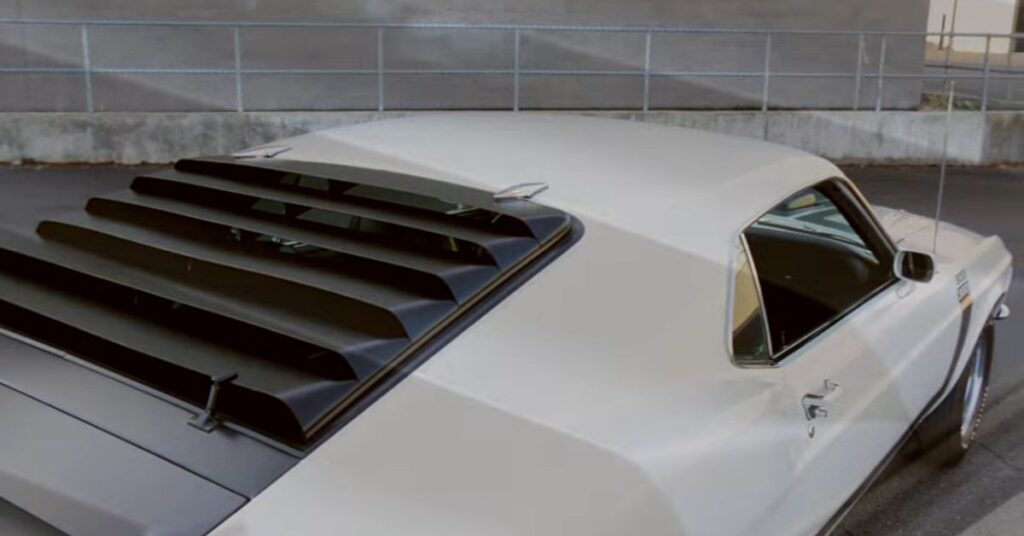
The design of the Boss 302 goes beyond mere aesthetics—it’s a symbol of power and performance. Every element, from the carefully placed stripes to the attention-grabbing wing, serves a purpose. The design not only enhances the car’s aerodynamics but also reflects its high-performance capabilities. It’s a visual representation of the incredible speed and agility that lies beneath the hood. Whether parked on the street or racing down the track, the Boss 302’s captivating design makes a bold statement and leaves a lasting impression.
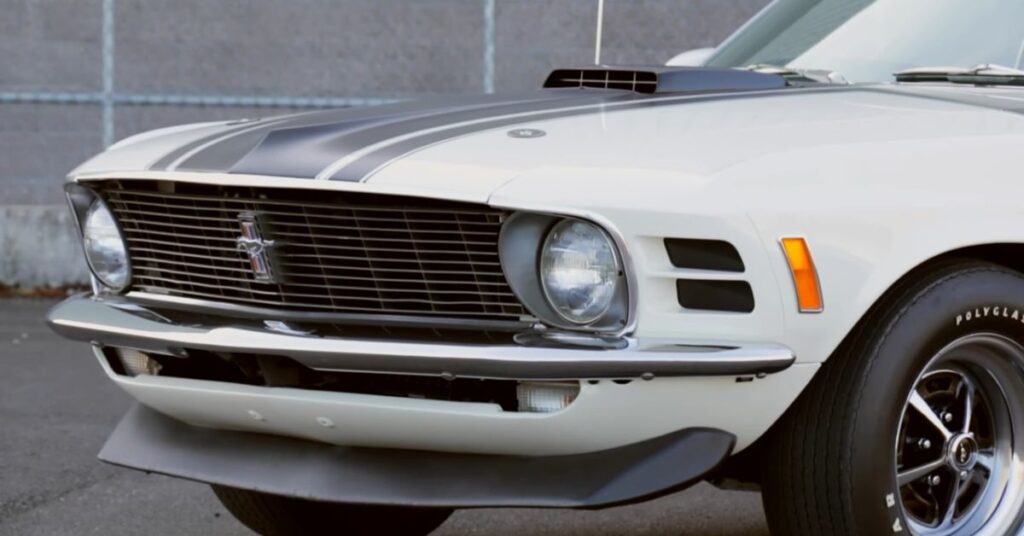
The Boss 302’s distinct appearance was a key factor in its popularity. Its sleek and muscular body, adorned with iconic features like the stripes, hood scoop, and rear wing, instantly set it apart from other cars on the road. The attention to detail in its design showcased Ford’s commitment to creating a visually striking vehicle that would appeal to automotive enthusiasts. The Boss 302’s ability to turn heads and elicit admiration is a testament to the enduring appeal of classic American muscle cars.
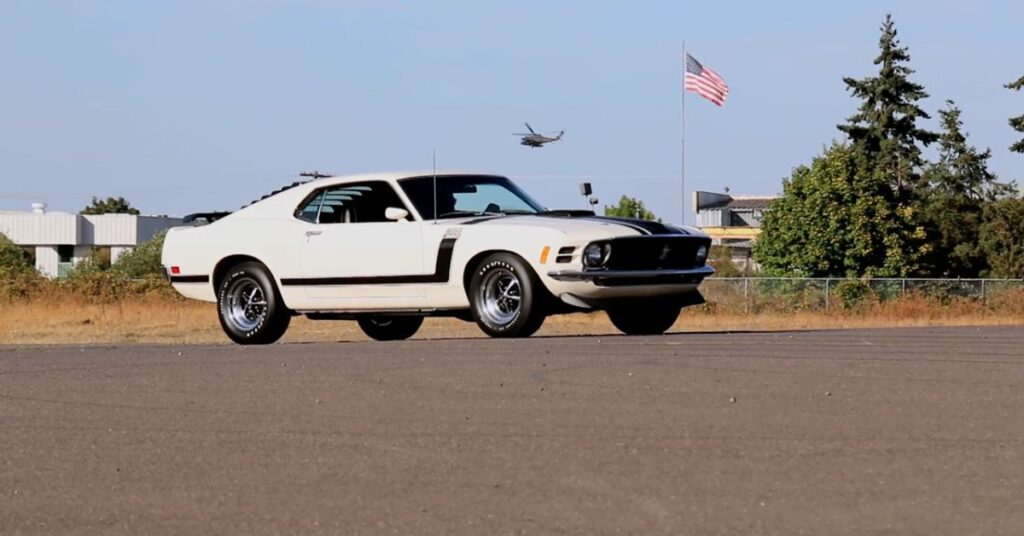
Ford’s Investment in Trans Am
In 1970, Ford heavily invested in the Trans Am series, and the success of the Boss 302 played a vital role in their campaign. Winning the championship further solidified the car’s legacy. The combination of power, performance, and aesthetics made the Boss 302 an ideal representation of Ford’s commitment to motorsport excellence.
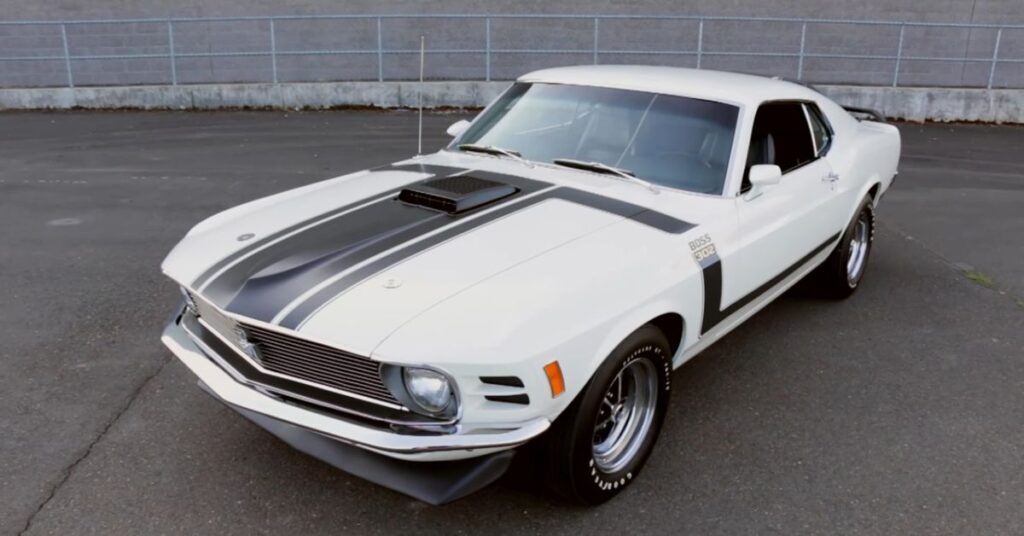
Only a limited number of Boss 302 models were produced for the 1970 model year, with just over 7,000 sold to the public. Today, finding a well-preserved and original Boss 302 is a true rarity. Car enthusiasts and collectors value these vehicles for their historical significance and exceptional performance. Owning a Boss 302 is like owning a piece of automotive history.
Conclusion
The 1970 Ford Mustang Boss 302 remains an icon in the realm of American muscle cars. Its purpose-built design, powerful engine, and outstanding performance capabilities continue to captivate automotive enthusiasts around the world. Whether on the race track or the open road, the Boss 302 delivers an exhilarating driving experience that is sure to leave a lasting impression.
